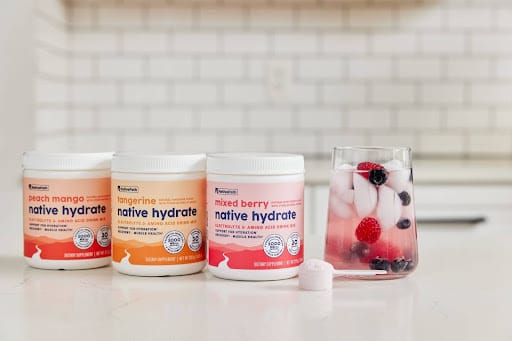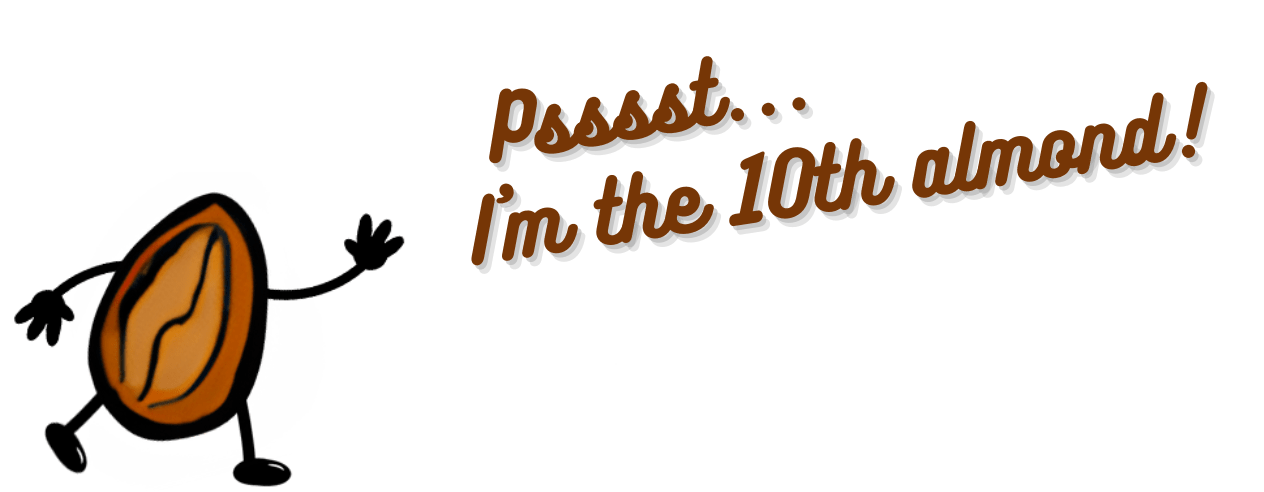❝Don’t let life harden your heart❞
In A Rush?
Today’s 30-Second Summary
If you don’t have time to read the whole email today, here are some key takeaways:
Peony, especially white peony, especially the root thereof, has enjoyed long use in Traditional Chinese Medicine. It’s now made its way into labs worldwide.
Today’s main feature examines its anti-inflammatory effect, as well as its potential against depression and anxiety, as well as PMS and, in contrast, menopausal symptoms.
How’s your hydration looking today? For most people, at any given time, it’s not great. But it doesn’t have to be that way!
Today's sponsor NativePath is offering a 365-day money-back guarantee on their range of electrolyte and amino acid drink mixes, which are great for your kidneys, bladder, and pelvic floor muscles.
Today’s featured book has everything you need to know about the benefits and risks of different kinds of cycling, to ensure you get the best benefits without injury!
Read on to learn more about these things, or click here to visit our archive
A Word To The Wise
Is It Safe?
From Dr. Oz to a contentious path through the FDA, the MitraClip’s dubious data and alarming safety record aren’t winning hearts across the nation.
Watch and Learn
Shoe Wear: What It Means, Why It Matters, & How To Fix It
If you look under your shoes, do you notice how the tread is worn more in some places than others? Specific patterns of shoe wear correspond to how our body applies force, weight, and rotational movement. This reveals how we move, and uneven wear can indicate problematic movement dynamics that are bad for our joints—but don’t worry; you can correct it:
Prefer text? The above video will take you to a 10almonds page with a text-overview, as well as the video!
Monday’s Research Review
Peony Against Inflammation & More
Yes, this is about the flower, especially white peony (Paeonia lactiflora), and especially the root thereof (Paeoniae radix alba). Yes, the root gets a different botanical name but we promise it is the same plant. You will also read about its active glycoside paeoniflorin, and less commonly, albiflorin (a neuroprotective glycoside present in the root).
It’s one of those herbs that has made its way out of Traditional Chinese Medicine and into labs around the world.
It can be ingested directly as food, or as a powder/capsule, or made into tea.
Anti-inflammatory
Peony suppresses inflammatory pathways, which thus reduces overall inflammation. In particular, this research review found:
❝Pharmacologically, paeoniflorin exhibits powerful anti-inflammatory and immune regulatory effects in some animal models of autoimmune diseases including Rheumatoid Arthritis (RA) and Systemic Lupus Erythematosus (SLE)❞
The reviewers also (albeit working from animal models) suggest it may be beneficial in cases of kidney disease and liver disease, along with other conditions.
Here’s a larger review, which also has studies involving humans (and in vivo studies), that found it to effectively help treat autoimmune conditions including rheumatoid arthritis and psoriasis, amongst others:
❝Modern pharmacological research on TGP is based on the traditional usage of PRA, and its folk medicinal value in the treatment of autoimmune diseases has now been verified. In particular, TGP has been developed into a formulation used clinically for the treatment of autoimmune diseases.
Based on further research on its preparation, quality control, and mechanisms of action, TGP is expected to eventually play a greater role in the treatment of autoimmune diseases. ❞
Antidepressant / Anxiolytic
It also acts as a natural serotonin reuptake inhibitor (as per many pharmaceutical antidepressants), by reducing the expression of the serotonin transporter protein:
(remember, most serotonin is produced in the gut)
Here’s how that played out when tested (on rats, though):
Against PMS and/or menopause symptoms
Peony is widely used in Traditional Chinese Medicine to reduce these symptoms in general. However, we couldn’t find a lot of good science for that, although it is very plausible (as the extract contains phytoestrogens and may upregulate estrogen receptors while dialling down testosterone production). Here’s the best we could find for that, and it’s a side-by-side along with licorice root:
❝Paeoniflorin, glycyrrhetic acid and glycyrrhizin decreased significantly the testosterone production but did not change that of delta 4-androstenedione and estradiol. Testosterone/delta 4-androstenedione production ratio was lowered significantly by paeoniflorin, glycyrrhetic acid and glycyrrhizin❞
(note: that it didn’t affect estradiol levels is reasonable; it contains phytoestrogens after all, not estradiol—and in fact, if you are taking estradiol, you might want to skip this one, as its phytoestrogens could compete with your estradiol for receptors)
Want to try some?
We don’t sell it, but here for your convenience is an example product on Amazon 😎
Enjoy!
Our Sponsors Make This Publication Possible
Hydration, Simplified
Unlike other commercial hydration products, Native Hydrate contains high-quality amino acids that are proven to be the optimal way to hydrate, along with subtle yet effective amounts of electrolytes.
Most other hydration products contain way more sodium than you need, unless you’re working out for multiple hours every day. Native Hydrate contains the equivalent of a quarter teaspoon of salt for optimal hydration delivery without disrupting your health. It doesn’t undergo massive processing like most hydration supplements do, or have any added sugars.
With its unique blend of essential amino acids, branched-chain amino acids, electrolytes, and additional nutrients (like Calcium Carbonate, Choline Bitartrate, Riboflavin, Niacin, B6, Folate, B12, Biotin, Pantothenic Acid, Choline, and Zinc) Native Hydrate makes getting proper hydration easy and enjoyable all year long.
Please do visit our sponsors—they help keep 10almonds free
This Or That?
Vote on Which is Healthier
Yesterday we asked you to choose between walnuts and pecans—it was very close, but ultimately we picked the walnuts (click here to read about why), as did 83% of you!
Now for today’s choice:
Click on whichever you think is better for you!
Bonus (Sponsored) Recommendation
Cornbread Hemp’s Sleep CBD Gummies are your nighttime ally! Enjoy peaceful sleep with these full spectrum, USDA organic gummies. For a limited time, get one free when you buy one with code SUMMERTIMEBOGO. Order now. Sweet dreams await!
One-Minute Book Review
The Midlife Cyclist: The Road Map for the +40 Rider Who Wants to Train Hard, Ride Fast and Stay Healthy – by Phil Cavell
Whether stationary cycling in your living room, or competing in the Tour de France, there’s a lot more to cycling than “push the pedals”—if you want to get good benefits and avoid injury, in any case.
This book explores the benefits of different kinds of cycling, the biomechanics of various body positions, and the physiology of different kinds of performance, and the impact these things have on everything from your joints to your heart to your telomeres.
The style is very much conversational, with science included, and a readiness to acknowledge in cases where the author is guessing or going with a hunch, rather than something being well-evidenced. This kind of honesty is always good to see, and it doesn’t detract from where the science is available and clear.
One downside for some readers will be that while Cavell does endeavour to cover sex differences in various aspects of how they relate to the anatomy and physiology (mostly: the physiology) of cycling, the book is written from a male perspective and the author clearly understands that side of things better. For other readers, of course, this will be a plus.
Bottom line: if you enjoy cycling, or you’re thinking of taking it up but it seems a bit daunting because what if you do it wrong and need a knee replacement in a few years or what if you hurt your spine or something, then this is the book to set your mind at ease, and put you on the right track.
Penny For Your Thoughts?
What did you think of today's newsletter?
Wishing you the most well-informed start to the week,
The 10almonds Team








